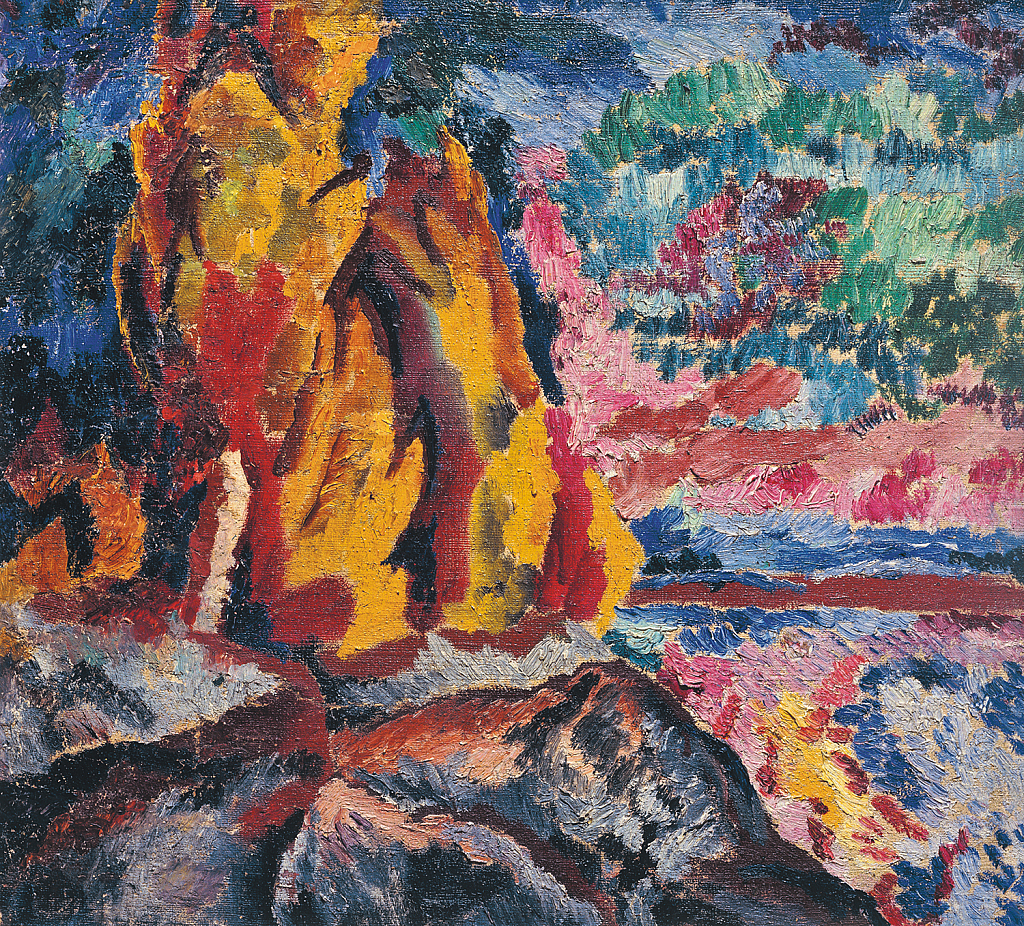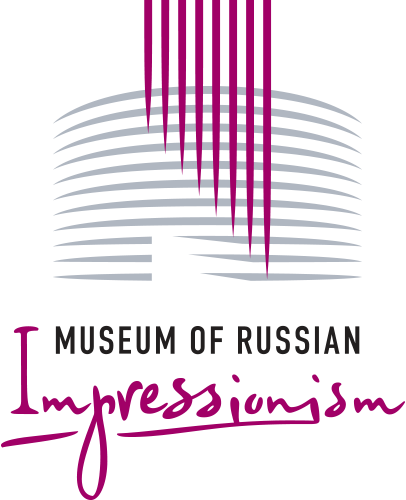
Serpukhov Museum of History and Art
At an early stage of his work, David Burliuk was in constant contact with contemporary Western painting. Fauvism and cubism of the French were to the taste for many Russian painters who themselves experimented with colour and shape. However, the simple assimilation of the pictorial formulas of the new art could not satisfy Burliuk. The artist sought to reveal his own category of new painting. So the famous Burliuk’s theory of “texture” appeared. Unlike the French artists, who were interested in the "texture of colour", Burliuk was the first one who raised the problem of "texture of paint". Describing the surface of the painting layer, the artist used such definitions as: "splintery, hooked, earthy..."
The picture "Noon on the Dnieper" is the key to understanding the theory of Burliuk's texture. It was first presented at the opening of the scandalous exhibition “Jack of diamonds” in 1910. Here the artist used the technique of layering paint clots. Subsequently, the surface of Burliuk's paintings becomes similar to the sculptural relief. This technique has become a kind of trademark of David Burliuk. There are some memories of the effect, that this painting had on his contemporaries: "on the surface of the painting numerous traces of the eruption of Vesuvius are seen, from the purple vents of which purple slices of watermelon, a pack of green peas and a pan with broken eggs fly out." Novice avant-garde liked such description. Therefore, it was quite natural that immediately after the exhibition "Noon" was bought by Mikhail Larionov.



